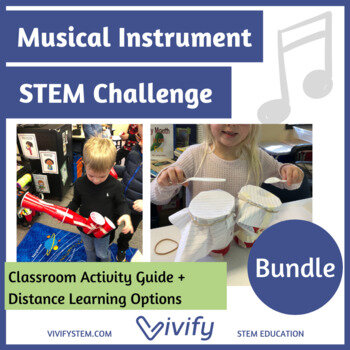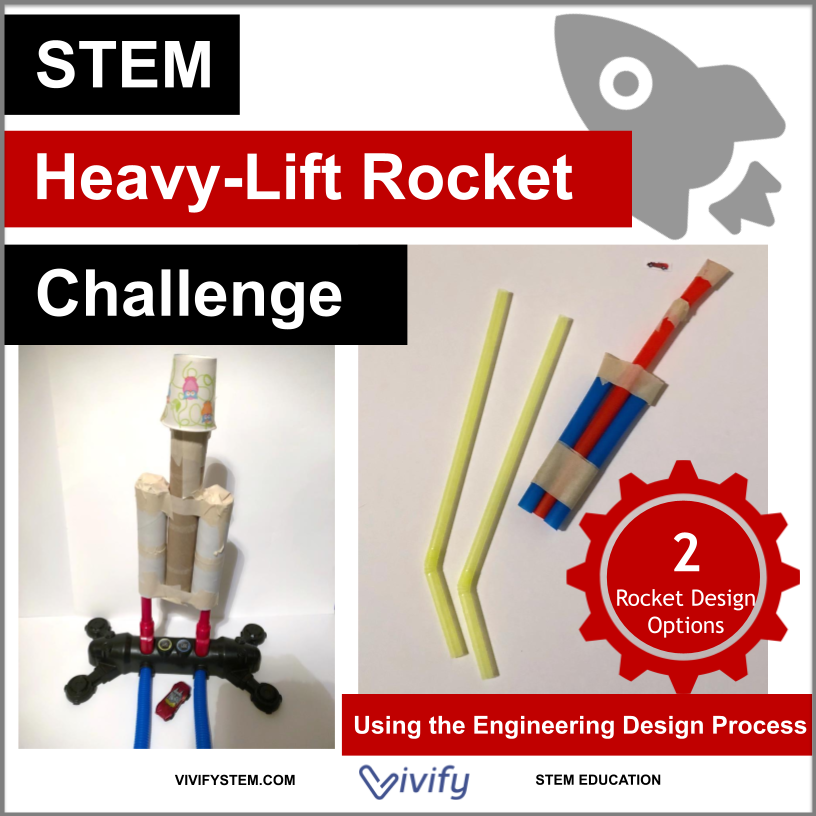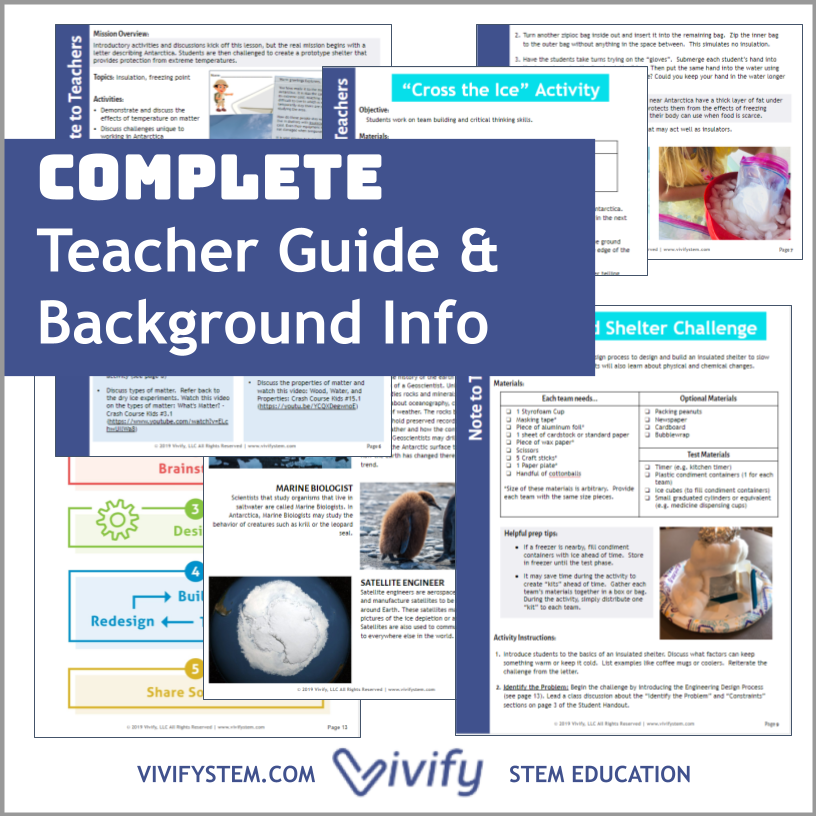 Image 1 of 4
Image 1 of 4

 Image 2 of 4
Image 2 of 4

 Image 3 of 4
Image 3 of 4

 Image 4 of 4
Image 4 of 4

Roller Coaster STEM Challenge (K-5)
Who doesn't love roller coasters? Using the Engineering Design Process, student teams are tasked with designing a thrilling roller coaster ride!
Grades: Kindergarten - 5th
Teaching Duration: 90 minutes
Who doesn't love roller coasters? Using the Engineering Design Process, student teams are tasked with designing a thrilling roller coaster ride!
Grades: Kindergarten - 5th
Teaching Duration: 90 minutes
Who doesn't love roller coasters? Using the Engineering Design Process, student teams are tasked with designing a thrilling roller coaster ride!
Grades: Kindergarten - 5th
Teaching Duration: 90 minutes
“Extremely well-organized and thought out. My students loved this activity, and it was easy for me to plan and implement in the classroom. Thank you!”
lesson overview
Roller Coaster STEM Challenge
Who doesn't love roller coasters? Using the Engineering Design Process, student teams are tasked with designing a thrilling roller coaster ride! Students learn about the science of roller coasters including various forms of energy, and then using common materials such as craft sticks, paper, and tape, students need to design a track for a ping pong ball to land safely in a cup at the bottom. The student packet also includes STEM career highlights of civil engineering and psychology to bring a real-world STEM connection.
Our students loved this activity! While intended to be completed in a one-hour session, the high engagement from students turned the roller coaster STEM challenge into a multi-day project and part of an end-of-year showcase for parents.
As with many STEM activities that are student-driven, this challenge can be tailored to students of various skill levels and abilities.
Included in this product:
Detailed teacher guide with links to resources
Instructional video - great for distance learning or support in the classroom!
Teacher instructional slides
Editable student handouts: digital and printed versions
STEM Career Connections
Real-world STEM history and science handouts
Materials for Challenge:
Scissors
Tape
Ping pong ball for testing
Materials for a track such as paper, newspaper, construction paper, cardboard (cereal boxes, tissues boxes, etc), paper plates, and toilet paper rolls.
Materials for a support structure such as cereal boxes, rolled paper (newspaper, construction paper, magazines), or even a chair will work
Looking for more STEM lessons? Click here for a STEM curriculum map and resource guide.



















